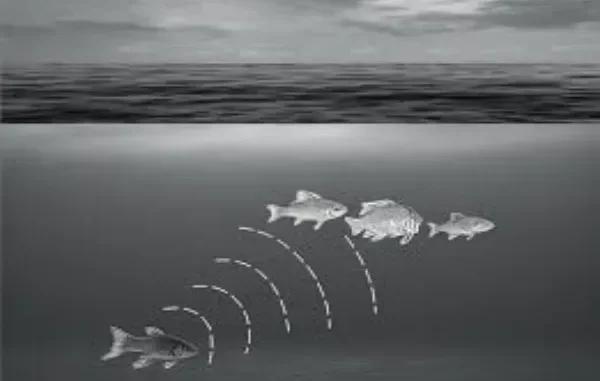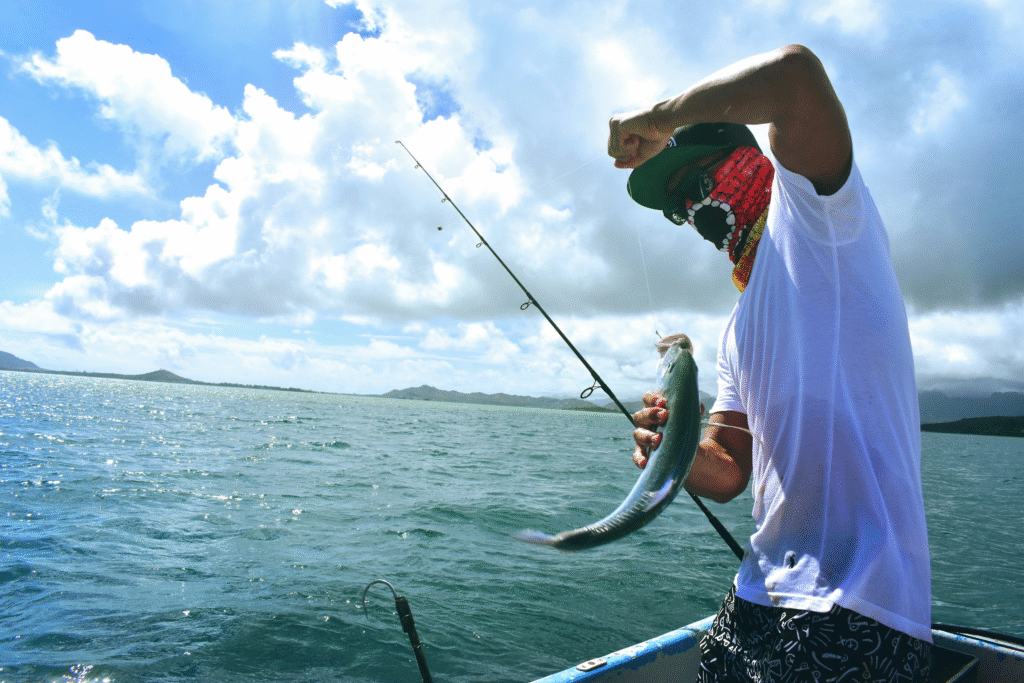
Fishing has been around for millennia, with fishermen employing different ways to harvest fish during this time, ranging from nets to lines. As knowledge in the area has improved and increased, beneath traditional fishing now lies a world of electric fields, scientific breakthroughs, and biological marvels. With that in mind, let’s explore the little-known topic of electrolocation, which is found in certain fish species, and how it has affected the technology developed in the angling world.

Source: Unsplash
The Widespread Popularity of Fishing & Big Bass Splash
Fishing remains a beloved recreational activity. No matter the location, whether on the rugged coastline of Ireland, dealing with everything the weather brings, or trawling in the Pacific, millions of amateurs cast a line in their spare time, hoping to experience the thrill of the catch. This enthusiasm for the sport has seen a growth across popular culture, most notably in the entertainment sector. For example, in the digital world, gamers can play Big Bass Splash at Betfair, a virtual fishing game using rods and reels, all while enjoying an arcade-like experience. Games like these allow players to experience the world of fishing without braving the outdoor elements. The same can be said for television shows like Deadliest Catch, the U.S. reality show where fishermen experience what the Bering Sea has to offer in search of a catch.
Electrolocation—Nature’s Underwater Radar
It’s games and shows like these that bring the world of fishing into the mainstream, but still, they don’t tell the whole story about what lies beneath murky waters—and specifically, electrolocation, a sensory trick that some electric fish have. The African elephant-nose fish and various knifefish are typical examples that can generate electric fields around their bodies and detect nearby objects, much like sonar or radar. This helps them find prey and navigate. Researchers have found that these fish have an electric organ from which they emit pulses. As these pulses hit objects, electroreceptors on their skin sense changes. This process allows the fish to build a map of their environment, even without their vision.
Translating Electrolocation into Angling Innovation
But how does this help fishermen? According to the research website The Academic, engineers are trying to use this concept to improve fish-finder gear. Already using sonar-based technology, new electrolocation sensors could offer an alternative to detect conductive objects or variations in water, like salinity. Although it is relatively new, universities and marine-tech startups are working to translate electric field data into usable information. The pulses may work better than sonar in shallow freshwater or in water with a lot of vegetation, where sound can scatter unpredictably.

Source: Unsplash
As researchers work to refine electrolocation-based sensors to enhance the fishing experience, the future looks bright, as more and more fishers can use knowledge passed down from tradition as well as cutting-edge technology. From ancient spears to this present-day technology, the industry continues to grow and develop. Next time you see a fisherman cast their line, just think that there is still so much to learn about what lies under the surface and how it can impact our world above it.
Leave a Reply